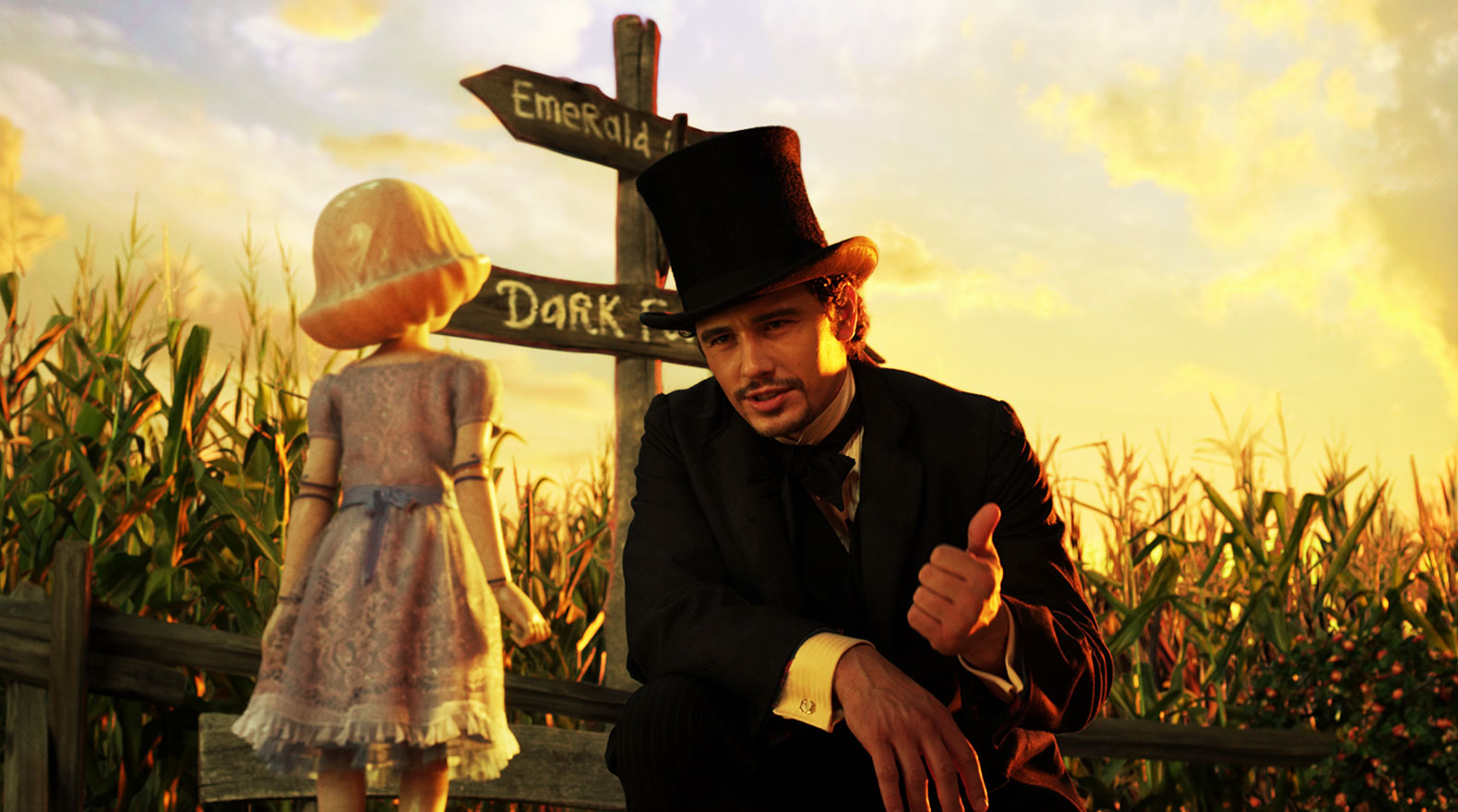Warner may keep a draconian eye on any cultural product with a smidgen of resemblance to the beloved classic The Wizard of Oz–for which they have owned the rights since 1996–and while that particular film has comprehensively permeated popular culture, the original L. Frank Baum book franchise offers a wide, colourful universe full of imaginative creative fodder for fictional adaptations.
Disney presciently snapped up the film rights for the rest of the canonical Oz books by Baum and has since created several works based on the franchise, though none have ever gained the cultural significance or acclaim of the 1939 classic. In what appears to be another example of Disney mining its properties for new works, the studio decided to revive the Oz franchise for the new millennium. It may seem initially strange that with Oz the Great and Powerful the company did not set out on adapting one of the novels. Instead, Disney created its own prequel to The Wizard of Oz based on elements from the franchise that focus on Oz’s origins story, from demoralized circus magician to wizard/leader of a fantastical land.
Taking the approach of a loose adaptation in the creation of something new is a practical and smart approach, in many ways: it absolves the studio of sticking to any stories or ideas in the Oz books that are outdated in 2013 (say for example, the cutesy, condescending depiction of little people in the Munchkins); it gives Disney a chance to reboot a beloved fictitious universe and give us new reasons to love it; and in a way, it allows Disney to one-up Warner by creating the “first” Oz story.
Unfortunately, hypothesizing the notion that Disney can churn out something even remotely decent and imaginative is, well, naive and hopeless. Oz the Great and Powerful is not a new, contemporary take on the Land of Oz, but a sad, bloated, strangely misogynistic tale without any of the Sam Raimi magic that usually accompanies his best works. James Franco plays Oz like a conniving schmuck whose demoralization in his own profession and character is a springboard for positive-psychologizing bullshit about how he truly is magical even if he doesn’t think he’s a wizard by Land of Oz standards. Yet his talents in chicanery are exactly what is needed to save the Land from the evil witches tyrannizing the citizens.
He may be a washed-up circus magician in Kansas, but in this alternate universe, where things are actually magical, Oz’s knowledge of early-1900s “magical” inventions and experience in wooing crowds can turn a sleight of hand into millions of helping hands to defeat the Wicked Witches. Not only is this kind of story a gateway in forcing the viewer into a condescending, holier-than-thou perspective, it’s completely derivative–sure, common knowledge in the real world becomes the stuff of magic in an alternate universe where people don’t know what “cinema” means–and yet it is exactly the film’s ending climax, a war battle strategy that saves the day and that turns Oz from a cowardly pessimist into a hero.
What’s worse than contrived storytelling–nothing new for Disney, after all–is the reason why the war is started in the first place. The Wicked Witch has been secretly terrorizing citizens for some time under the pretense of being a good witch named Evanora, but it’s the jealousy experienced by her sister Theodora, who falls in love with Oz, that triggers the war, turning her from a sweet, beautiful, innocent good witch looking for love into the wicked, ugly-on-the-inside-and-outside green-skinned evildoer she was always meant to be. Unlike Hell, the Land of Oz hath the fury of a woman scorned.
Oz’s womanizing ways are just an extension of his natural morally ambiguous nature, but getting revenge on a two-timing fake magician can only be imagined in the eyes of Disney through the evil sorcery of ugly, vain women. It’s a disturbing message for youngsters, for whom the film is ostensibly made.
These are some of the most pressing issues in the film but there are many more, perhaps the most obvious and consistent one having to do with a lack of world-building awe and magic that usually befits such fantastical stories. The production design and 3D effects are fine, but they look a little too fine, as if over-polished, as if Raimi spent most of his budget getting the technical details to look great, instead of focusing on a better overall production.
Thus, we have sequences in which spectacle effaces itself to the point of embarrassing oblivion. Take, for example, one memorable chase scene wherein Oz and company are almost bitten by Alien-like distending flower monsters with lightbulbs for eyes, at one point turning their chomping maws to the camera for an additional three-dimensional moment of terror. Oz the Great and Powerful is flimsy puppeteering masquerading as 3D filmmaking, in which the director cannot be found anywhere, be it behind the curtain or in the artistic signature of the film itself.

